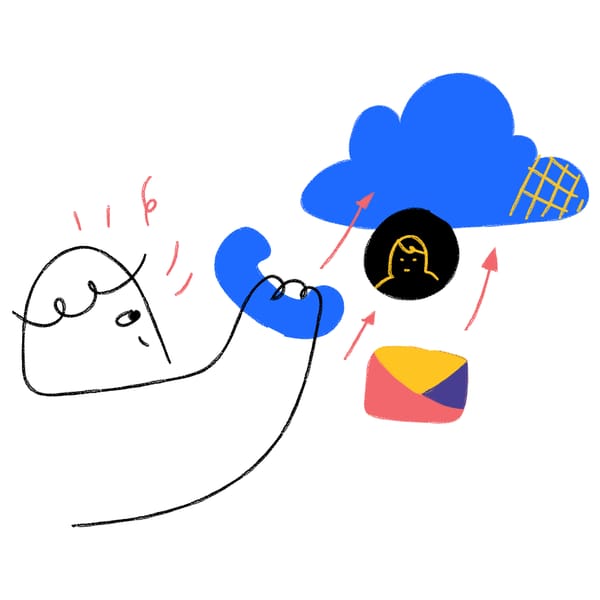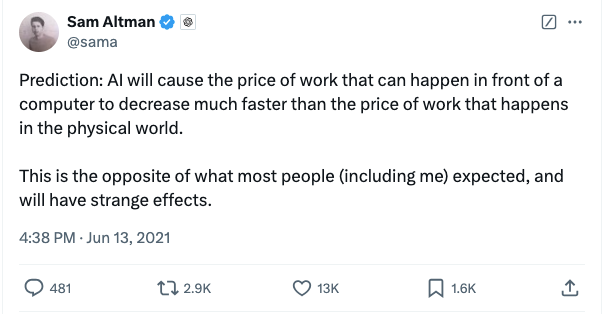When will Metcalfe’s law kill the Telephone
Metcalfe’s law is a perfect fit to explain business phenomena like how WhatsApp built a $19bn valuation for themselves last year, and in doing so removed an estimated $30bn a year of global SMS messaging revenues from carriers in just a few weeks once the application achieved critical mass.
Bob Metcalfe is a pretty smart guy, he invented Ethernet, founded one time industry giant 3Com (now part of HP), and proposed an equation that estimates the value of any communication network based on the number of participants. The value he came up with was n(n-1)/2 which in English means: The value of a communication network is proportional to the square of the number of participants. Various folks have proposed tweaks to this over the years, and of course it only gives a relative magnitude of the value of a small number of participants vs a larger number on the same platform. It doesn’t deliver a quantitative monetary value without knowing a lot more about what the network facilitates and assumes all nodes have the same value etc. It is however widely accepted as the rule that explains how networks grow rapidly (exponentially) in desirability and value once they achieve a critical mass. It’s why WhatsApp and iMessage get such a big share of the messaging “market” when there are 100s of other messaging apps that do the same thing. This is all pretty intuitive stuff really, we don’t need a mathematical equation to model the fact that I’m going to choose a messaging app where I can find most of my friends.
As the cannibalisation of SMS shows, Metcalfe’s law isn’t all about growth inflexion points. Curves that go up rapidly, can come down again pretty quickly too. Here’s the interesting bit though, I don’t think it is as simple as a bidirectional application of Metcalfe would imply. I’m sure there is lots of hysteresis, or rather a different equation, on the way back down.
When a technology with real users has been incumbent for a long time, a ‘long tail’ happens as numbers on the network reduce to a successively harder core of highly entrenched end-users. Objectively Metcalfe’s law still applies, but I suspect that as a network shrinks there is an extra factor in the value perception representing an individual bias based on the length of time that user has habitually chosen the technology. It isn’t just the established preferences of individuals behind the inertia that established networks have, there are (only occasionally rational) economic reasons for larger entities to continue to use a network that they have made a substantial capital or organisational investment in. This means that the decline of things like telephone calls probably won’t be the mirror image of the exponential growth new communication networks enjoy.
There is now no real doubt that use of the public switched telephone network for primary communication is declining across the board and has probably never anyway existed for the youngest generation who are about to enter the workplace. Will this fall reach a certain inflection point and then drop off a cliff as Metcalfe’s law would imply or will we see a slow lingering decline over many decades. What is your view?




